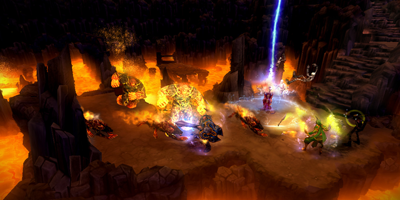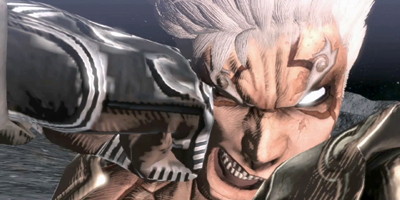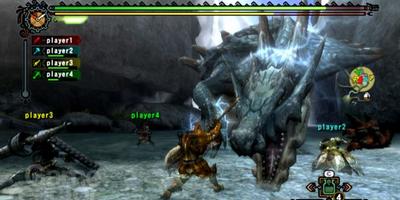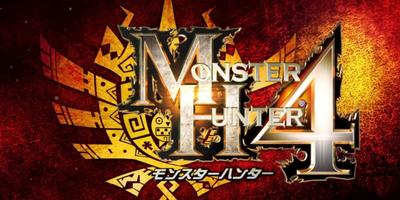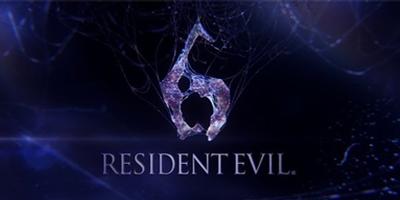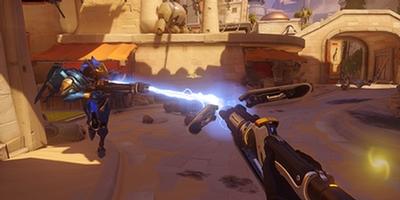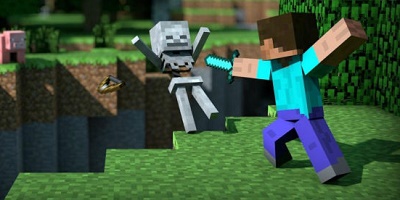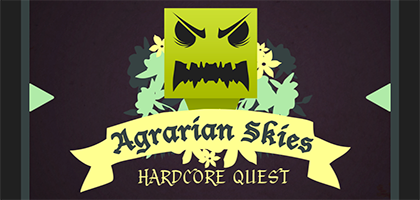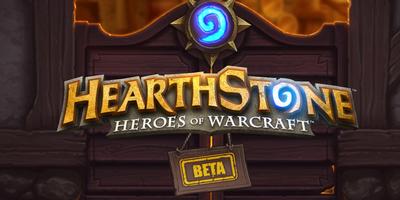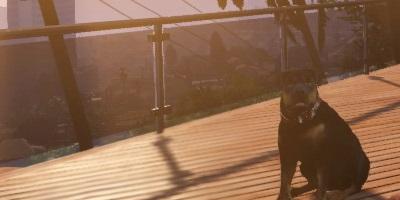- by Michael "Sir Loin of Beef" Revis
- Posted on September 26, 2011 @ 9:17 PST

When you hear the phrase “quick time events” what comes into your mind? Do you imagine performing a badass finishing maneuver as Kratos in God of War, ripping your target to shreds with your bare hands? Or do you think of annoyances like in Heavy Rain, being forced to perform the most monotonous actions and the infamous “Press X to Jason!”?
The use of quick time events, or QTEs, has seen both innovative, and less than stellar uses throughout video game history. Ever since the original Dragon’s Lair graced arcades with its unique gameplay (at the time) and seamless 2D animation, they have helped to provide a more interactive gaming experience for audiences of all walks of life.

But these days, QTEs are getting to be quite obnoxious. With Dragon’s Lair, the designers had no choice but to go with the QTE gameplay, because of how difficult it was to keep the animation as consistent as it was and combine it with a standard control scheme. However, it ended up working out for the game, because it provided an experience that wasn’t found anywhere else at the time. Since then, however, other titles have implemented them largely to act as fake difficulty challenges, or as required gateways that need to be completed to get to the next part of the story.
Ever since Shenmue coined the phrase and paved the way for their use in modern gaming, QTEs have been sneaking into titles that worked them to full effect, as well as titles where they didn’t belong. For the working samples, we have God of War and Resident Evil 4. The former had you use them on weakened monsters as a finisher, granting you bonus health and red orbs for succeeding. They also provided a feeling of accomplishment, as well as some pretty awesome boss deaths. The latter had cinematic sequences that got the player fully involved, and made them more than just interactive cutscenes. The knife fight between Leon and Krauser is a prevalent example of this.
However, there are many more cases where QTEs just feel tacked on at the last minute, or dominate the gameplay too much. Kingdom Hearts 2, for example, in an attempt to make itself stand apart from its predecessor, used these in ways that made them seem completely unnecessary, and served to make some fights almost too easy, essentially making half the objective being to complete them. Resident Evil 5 brought them to more ludicrous levels, requiring them for actions that don’t really make sense, such as punching a goddamn boulder. And how many of you felt absolutely horrible for missing out on giving a bro hug to Leonardo in Assassin’s Creed II, because you weren’t expecting a QTE in a game that shouldn’t have any? Some of the more pressing samples of these have garnered a fair amount of criticism on the severe penalties for missing the prompts, resulting in the phrase, “Press X to not die,” coined by wannabe game journalist Yahtzee.
The point here is that implementation of QTEs needs to be a carefully thought out process that is planned from the very beginning, not just another gameplay feature tacked on as an afterthought. At the same time, however, they need to be able to properly engage the player in appropriate actions, and make them feel like they’re really having an impact on events as a whole. I want to be rewarded with a QTE for kicking a giant sea monster’s ass and being able to deal the finishing blow in a badass fashion. I don’t want to be stuck in situations where brushing my teeth is a required objective, because the developers want to “enhance” the experience. It’s a very sensitive area, and these days, it just seems like developers are forgetting what exactly they’re supposed to be used for in the first place.
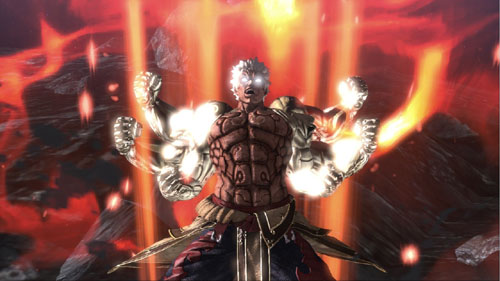
Capcom, however, is at least attempting to bring QTEs back to proper use. Asura’s Wrath is being advertised as a fully interactive experience, in which the player is able to control Asura during all aspects of the game. This, obviously, includes the implementation of QTEs. However, the problem that they have to face regarding this is how much to put in, and how effectively are they used in enhancing the gameplay? So far, we’ve seen boss battles where half of the fights are dominated by QTEs, and the other half being to simply build up enough meter to start them up. Hell, as far as I know, there isn’t even a dodge function. The concept sounds promising, but at the same time, it also sounds like it’ll have the worst aspects of QTEs all in one package, which I’m honestly hoping is not the case.
Are QTEs inheritably a bad thing? No. Like everything else in the gaming world, they need to be used properly in order to have the desired effect. The problem is that not everyone seems to know how to do that. And until someone does, we’re likely going to be stuck with a lot more cases of “Press X to punch a f*cking boulder!!” before someone gets it through their heads that such applications might not be favorable in the long run.

